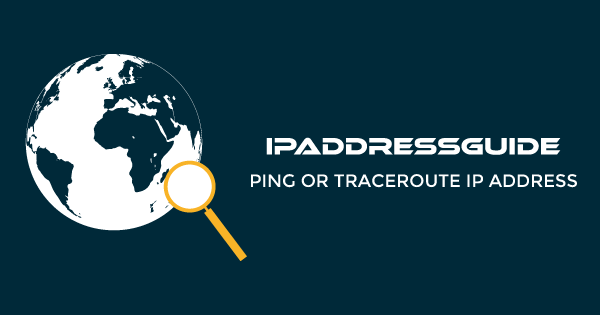Question about VPN director rules. I have the following rules set up in VPN director. I have 5 VPN clients defined and all are set to use a kill switch, as shown. What happens if there are no VPN clients active, using these rules?

When I check other devices not listed here, they seem to use the WAN interface, which is not what I want. What should I add so that if all VPN clients are down, those not specified in the list do not go through the WAN/have no route through the WAN?
When I check other devices not listed here, they seem to use the WAN interface, which is not what I want. What should I add so that if all VPN clients are down, those not specified in the list do not go through the WAN/have no route through the WAN?


